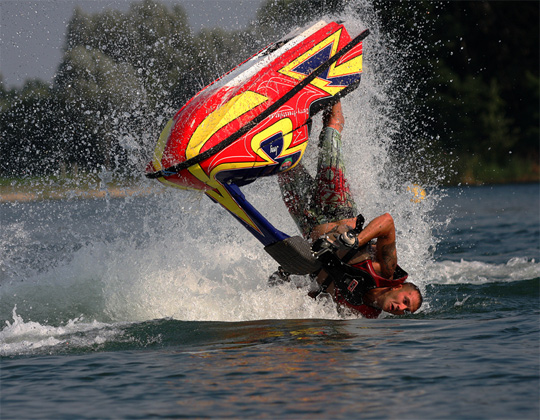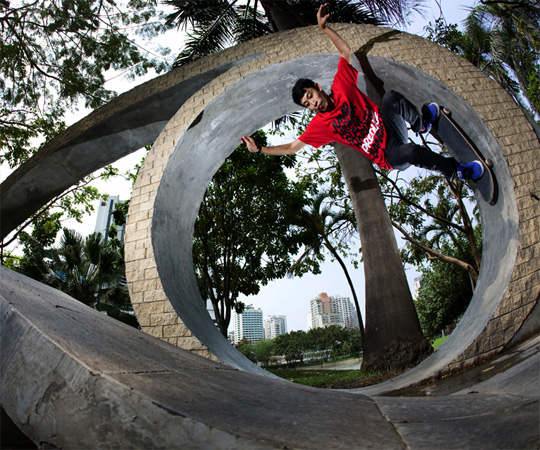Go to the link below for more help with:
F-Stops and Shutter Speed Hints
F-Stops and Shutter Speed Hints


|
SUBJECT
|
PICTURES # AND APERTURE SETTING:
|
LENS
|
MODE:
|
SHUTTER SPEED
|
|
Composition #1
|
1. Biggest Aperture (F5.6 or bigger)
2. Close down a few stops (F8)
3. Close down more stops (F11 or F16?)
4. Smallest Aperture (F22 or smaller)
|
Zoom IN
completely
|
Manual (M)
|
Adjust EACH picture for correct exposure!
|
|
Composition #2
|
Pictures 5-8: Repeat from 1-4
|
Zoom OUT a
little.
|
Aperture Priority (A)
|
Camera will do
automatically
|
|
Composition #3
|
Pictures 9-12: Repeat from 1-4
|
Zoom OUT a
little. More
|
Manual (M)
|
Adjust EACH picture for correct exposure!
|
|
Composition #4
|
Pictures 13-16: Repeat from 1-4
|
Zoom OUT completely.
|
Aperture Priority (A)
|
Camera will do
automatically
|
|
Composition #5
|
Pictures 17-20: Repeat from 1-4
|
Your choice
|
Manual (M)
|
Adjust EACH picture for correct exposure!
|
|
Composition #6
|
Pictures 21-24: Repeat from 1-4
|
Your choice
|
Aperture Priority (A)
|
Camera will do
automatically
|
SUBJECT
|
PICTURES # AND APERTURE SETTING:
|
LENS
|
MODE:
|
SHUTTER SPEED
|
Composition #1
|
1. Biggest Aperture (F5.6 or bigger)
2. Close down a few stops (F8)
3. Close down more stops (F11 or F16?)
4. Smallest Aperture (F22 or smaller)
|
Zoom IN
completely
|
Manual (M)
|
Adjust EACH picture for correct exposure!
|
Composition #2
|
Pictures 5-8: Repeat from 1-4
|
Zoom OUT a
little.
|
Aperture Priority (A)
|
Camera will do
automatically
|
Composition #1
|
Pictures 9-12: Repeat from 1-4
|
Zoom OUT a
little. More
|
Manual (M)
|
Adjust EACH picture for correct exposure!
|
Composition #4
|
Pictures 13-16: Repeat from 1-4
|
Zoom OUT completely.
|
Aperture Priority (A)
|
Camera will do
automatically
|
Composition #5
|
Pictures 17-20: Repeat from 1-4
|
Your choice
|
Manual (M)
|
Adjust EACH picture for correct exposure!
|
Composition #6
|
Pictures 21-24: Repeat from 1-4
|
Your choice
|
Aperture Priority (A)
|
Camera will do
automatically
|